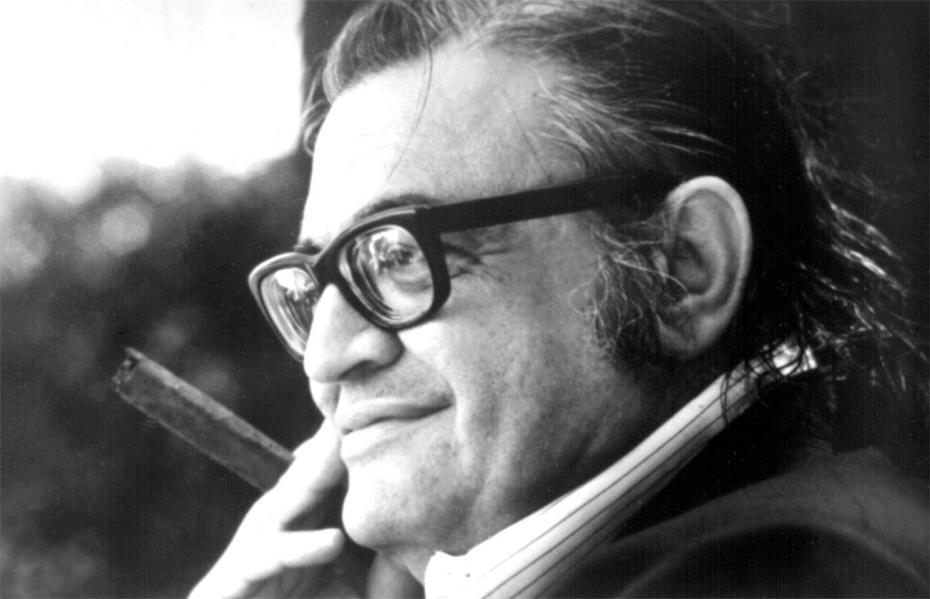A quintessential figure of Italo-american culture, Puzo was, and still remains today almost twenty years after his death, the iconic symbol of how Italian and American heritage have merged together to create some of the most defining art of the 20th century.
Even his career is image to what could only be defined as a post-war, all-american literary dream: from editor for several pulp publications, through initially unsuccessful attempts to independent writing, to final worldwide success, obtained thanks to a mix of real life experience, creativity and hard boiled narrative lines.
Puzo was to find true fame thanks to his collaboration with Francis Ford Coppola and the cinematographic version of his masterpiece, The Godfather, but never underestimate his talent as a novelist: Puzo was – and still is – a truly amazing literary talent.
Mario, Hell’s Kitchen and 1950s America
Mario Gianluigi Puzo was born in infamous Hell’s Kitchen, to parents of Neapolitan descent. It was 1920, and Puzo’s childhood and adolescence in this notoriously difficult neighborhood of New York city shaped the writer’s creativity and aesthetic vision.
When the US entered the War in 1941, Puzo joined the United States Army Air Force and was shipped to Germany, where he mostly served as a public relation officer, as his poor eyesight did not allow him to take part to active combat duty.
Upon his return home, Puzo completed his studies and began writing. His first effort, the short story The Last Christmas was published in 1950 and his first full length novel, The Dark Arena, in 1955. Puzo’s talent was obvious, but some time still had to pass before readers truly understood it. In the meanwhile, he worked as an editor and writer for several publications of Martin Goodman’s Magazine Management Company. He collaborated in particular with the company men’s magazines which, in true 1950s and 1960s style, privileged hard boiled narratives, often featuring gangster or war inspired stories. With the pen name of Mario Cleri, Puzo ended up creating some of the latter for popular magazine True Action.
The Godfather and international Success
Puzo’s masterpiece, The Godfather, was published in 1969: his interest in the world of organized crime was rooted in the many years spent at Goodman’s publishing house, where he had read and enjoyed plenty of journalism and literature on the topic.
The great appeal of The Godfather, though, did not simply come from its plot, but also from its settings and from the fact it made into literature a reality, that of Italo-american organized crime, that for decades had been dominating the interest of people. Puzo’s own knowledge of the very neighbourhoods were his stories were set, gave to his fictionalized tales a realistic aura typical of well established 1950s american crime literature, something the general audience was bound to notice.
And indeed, it was the public Puzo was set to conquer: his first literary efforts, he liked to underline, had been critically praised but, at the same time, had failed to obtain success among common readers. The author did not only see this as an annoying and somehow depressing factor, but also as a waste of a potentially very lucrative career.
Money and mainstream success were certainly in his mind when he penned The Godfather.
What was about to happen, however, went beyond any of Puzo’s expectations: when approached by Francis Ford Coppola to turn his novel into a movie script, the Italo-american probably did not think much of it, beside being a good way to cash on the novel. However, thanks to Coppola’s own trained cinematographic eye, the three movies inspired by The Godfather became some of the most successful American movies of all times, interpreted by actors of immense carature, such as Marlon Brando, Al Pacino and Robert de Niro.
Puzo collaborated to the creation of all three movie scripts.
After The Godfather
At the time of his death, in 1999, Puzo had written 10 novels and some literary criticism work. His last two pieces, Omertà and The Family, were criticized for not being of the same quality as his previous production. The Family was, in fact, left unfinished and, in a sort of Mozartian twist, was concluded posthumously by Puzo’s partner, Carol Gino.
Mario Puzo’s talent, even with the possible decline in style shown in his later works, remains as sheer and clear as crystal: a product of an undiscussed literary genius, accompanied by an aesthetic sense developed through real life experiences. Creativity, hardship, hard work: Mario Puzo’s production could be well defined in these three words. Three words which, somehow, also characterize the sailing through history of his own people, the Americans and the Italians.































